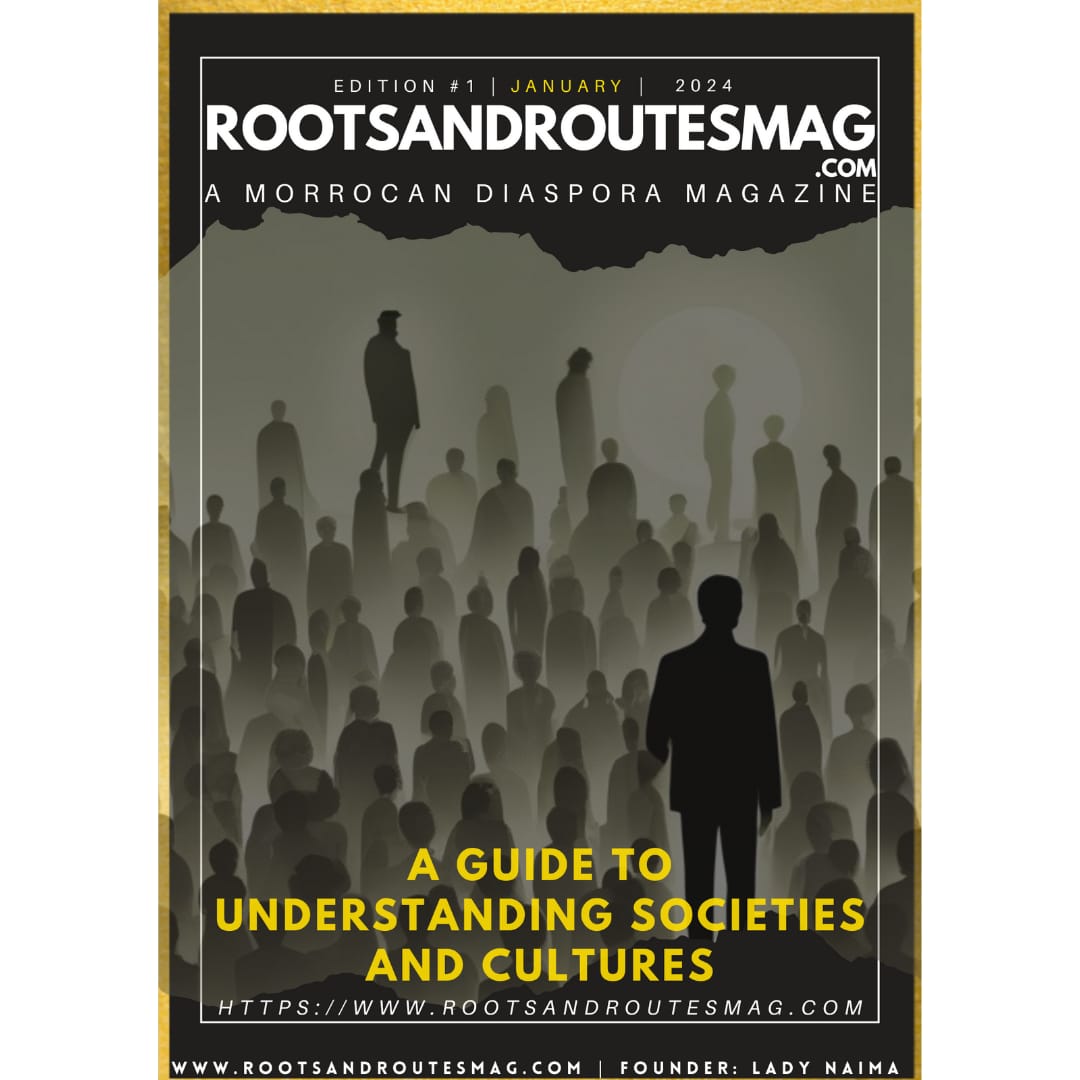A Guide to Understanding Societies and Cultures

As our world becomes increasingly interconnected, the need for understanding and appreciating diverse societies and cultures has become more important than ever. It is essential to recognize that societies and cultures are complex and multifaceted, shaped by historical, geographical, sociopolitical, and economic factors. In this guide, we will delve into the key elements that contribute to the makeup of societies and cultures, and explore the tools and strategies for gaining a deeper understanding of the rich tapestry of human societies.
- Historical Context:
Understanding societies and cultures begins with an exploration of their historical context. History shapes the traditions, values, and norms that define a society and its culture. By studying the historical events, migrations, conflicts, and interactions that have influenced a particular society, we can gain valuable insights into the roots of its beliefs, practices, and social structures. A historical perspective allows us to appreciate the resilience, adaptability, and evolution of cultures over time.
- Social Institutions and Norms:
Societies are governed by social institutions and norms that regulate behavior, relationships, and interactions. These institutions, including family structures, educational systems, religious organizations, and governance structures, play a pivotal role in shaping the fabric of a culture. By examining the functions and dynamics of these institutions, we can gain a better understanding of the values, roles, and expectations that characterize a particular society.
- Cultural Expressions:
Cultural expressions, including language, arts, literature, music, and folklore, offer profound insights into the identity and worldview of a society. Language, in particular, serves as a repository of collective experiences, knowledge, and identity. Exploring the unique forms of artistic expression, storytelling, and creative endeavors provides a window into the emotions, beliefs, and aspirations of a culture. By engaging with and appreciating cultural expressions, we can bridge divides and foster empathy and understanding.
- Diversity and Intersectionality:
Societies and cultures are diverse and multifaceted, encompassing a spectrum of identities, beliefs, and experiences. Understanding and acknowledging the intersecting dimensions of diversity, such as race, ethnicity, gender, sexual orientation, religion, and socioeconomic status, is critical for gaining a nuanced understanding of societies and cultures. Intersectionality recognizes the interconnected nature of social categories and highlights the experiences of marginalized and underrepresented groups within a society.
- Cross-Cultural Communication and Empathy:
Effective cross-cultural communication and empathy are essential tools for understanding societies and cultures. By actively listening, engaging in meaningful dialogue, and seeking out diverse perspectives, we can transcend cultural barriers and build meaningful connections. Cultivating empathy enables us to appreciate the complexities of different cultural contexts and challenges us to reflect on our own biases and assumptions.
Conclusion:
In a globalized world, understanding societies and cultures is an imperative for fostering mutual respect, cooperation, and harmony. By delving into the historical context, social institutions, cultural expressions, diversity, and intersectionality of societies and cultivating cross-cultural communication and empathy, we can transcend boundaries and build a more inclusive and interconnected world. This guide serves as a starting point for exploring and appreciating the rich diversity of human societies and cultures, and it is through this understanding that we can work towards a more compassionate and equitable global community.

Tariq Riaz is a passionate web developer and content generation expert.









